Table of Contents
- 1 The Unlikely Savior: BAIC’s Acquisition of Saab Technology
- 2 From Sedans to 6×6 Behemoths: BAIC’s Utilization of Saab Engines
- 3 A Boon for Saab Owners: New Engines and Parts from China
- 4 Where to Find These Engines: Suppliers and Pricing
- 5 Beyond Complete Engines: Blocks and Components
- 6 The Logistics and Considerations of Importing Engines
- 7 The Community Impact: Extending the Life of Saabs Globally
- 8 Future Outlook: Will Chinese Manufacturers Continue Production?
- 9 Seizing the Opportunity to Preserve Saab Legacy
- 10 Additional Resources for Saab Enthusiasts
The Unlikely Savior: BAIC’s Acquisition of Saab Technology
In 2009, Beijing Automotive Industry Holding Co. (BAIC), the owner of the Beijing Auto brand, made a strategic acquisition that would later become a lifeline for Saab enthusiasts worldwide.
BAIC purchased the rights to the Saab 2.0 turbo and 2.3 turbo engines, along with the platforms of the Saab 9-3 and first-generation Saab 9-5 from General Motors. This move wasn’t just another corporate transaction; it was the beginning of an unexpected journey that would extend the legacy of Saab’s engineering prowess far beyond Sweden’s borders.
From Sedans to 6×6 Behemoths: BAIC’s Utilization of Saab Engines
Leveraging the acquired technology, BAIC and its sub-brands launched a diverse lineup of vehicles. These ranged from sedans and compact SUVs to massive 6×6 off-road monsters, as showcased in the SaabPlanet article. One notable example is the Senova D series sedans, which directly inherited Saab’s 9-5 platform and engine technology.

According to SaabPlanet’s report on BAIC’s future plans in China, the Senova D70 sedan was one of the first vehicles to feature Saab’s turbocharged engines and safety features, blending Swedish engineering with Chinese innovation. This sedan not only showcased performance but also emphasized safety and reliability, becoming a popular choice in the Chinese market.
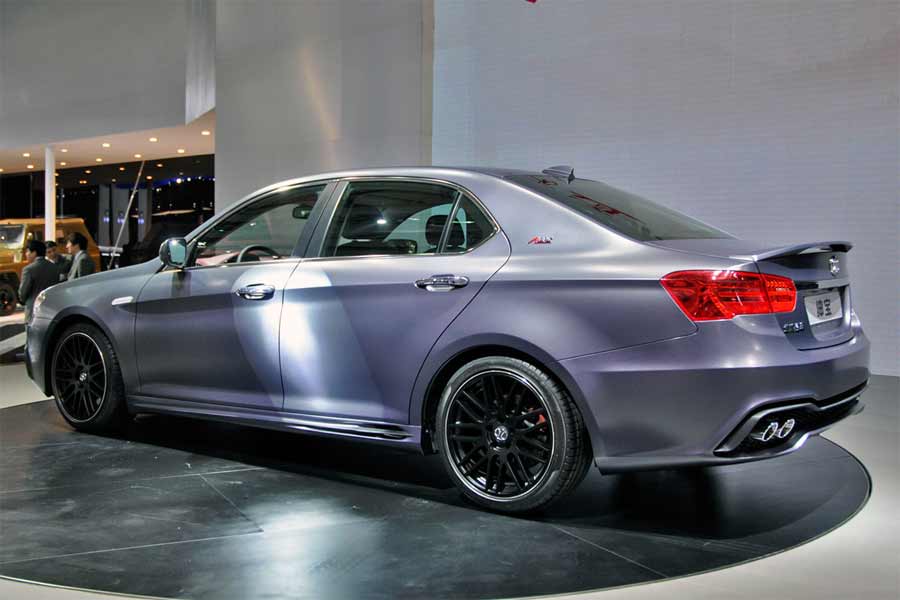
Over the past decade, BAIC integrated Saab engines into various models, demonstrating the versatility and reliability of these powertrains. While BAIC has since transitioned to newer technologies and electric vehicles, the imprint of Saab’s engineering remains a significant chapter in China’s automotive evolution.
A Boon for Saab Owners: New Engines and Parts from China
For Saab owners, especially those with vehicles produced until 2012, the cessation of engine production posed a significant challenge. However, BAIC’s adoption of Saab technology led to Chinese firms manufacturing new engine blocks and even complete engines based on the Saab B205 and B235.
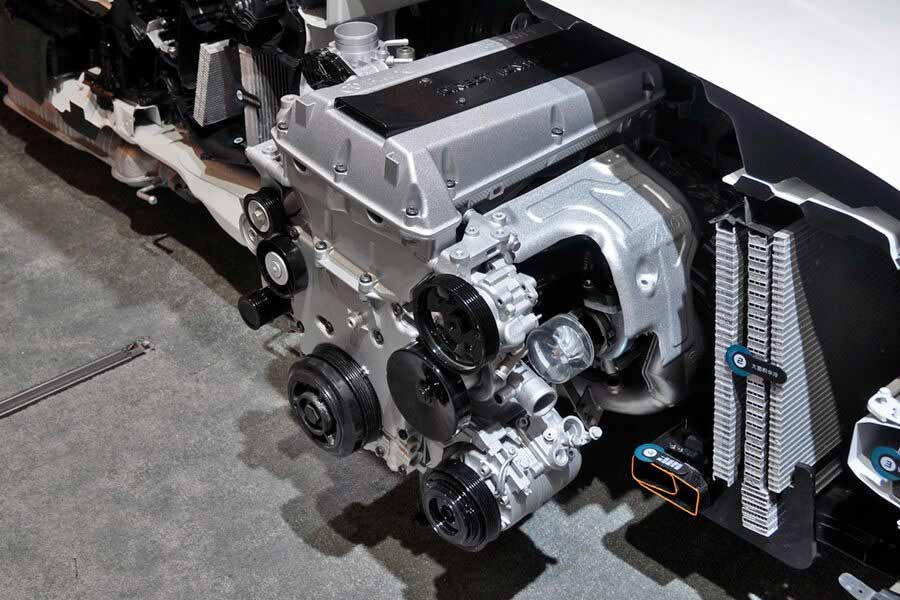
This development is a game-changer for Saab enthusiasts who now have access to brand-new engines and components, ensuring their beloved cars can remain on the road for years to come.
Where to Find These Engines: Suppliers and Pricing
Several Chinese companies are offering these engines for sale:
- Beijing Beixian Power Technology is offering the 2.3T B231R Turbocharged engine, used in models like the BAIC BJ40, BJ40L, and BJ80. Priced at $2,280 per unit, with discounts available for bulk orders. Details can be found on their Alibaba listing.
- Xingzhan Automotive Technology in Zhejiang offers the same engine at $2,500 per piece, with prices dropping below $2,000 for orders over 100 units. More information is available on their Alibaba page.
- Guangzhou Yoneng Trading Limited Company lists the B231R engine at $2,280, with an estimated shipping fee of $386.97 for one piece and a projected delivery date around December 10th. Their offering is detailed here.
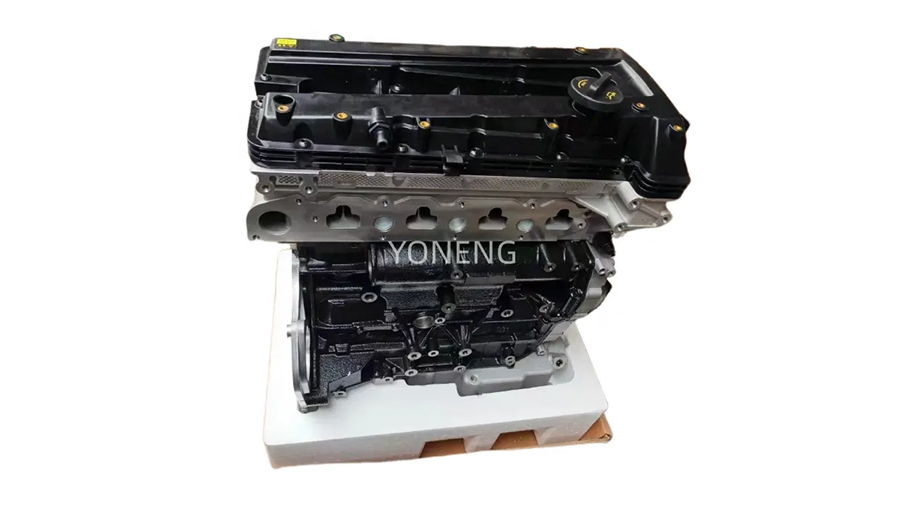
Beyond Complete Engines: Blocks and Components
If a complete engine replacement isn’t necessary, Chinese suppliers also offer engine blocks and components:
- Chongqing Yuhuitong Auto Parts Co., Ltd. provides engine blocks for the 2.0L and 2.3L B235R D205 engines used in the BAIC BJ40. They boast a supply capacity of 300 pieces per month, with prices starting at $1,204 and decreasing for bulk orders. More details are available on their Alibaba listing.
The Logistics and Considerations of Importing Engines
While the prospect of obtaining a new engine for your Saab is exciting, importing engines from China involves several considerations:
- Shipping Costs and Import Duties: Be prepared for additional expenses beyond the listed price.
- Supplier Credibility: It’s crucial to verify the credibility of the supplier to avoid scams or subpar products.
- Compatibility Checks: Ensure that the engine specifications match your vehicle’s requirements.
- Legalities: Understand the regulations regarding the importation of automotive parts into your country.
The Community Impact: Extending the Life of Saabs Globally
This unexpected availability has significant implications for the global Saab community. Owners who once faced the grim prospect of retiring their vehicles due to a lack of parts now have renewed hope. Online forums and Saab enthusiast groups are abuzz with discussions about sourcing these engines and components. This development not only preserves individual vehicles but also keeps the Saab legacy alive for future generations.
Future Outlook: Will Chinese Manufacturers Continue Production?
As BAIC and other Chinese automakers shift towards cutting-edge technologies and electric vehicles, the continued production of these Saab-based engines is uncertain.
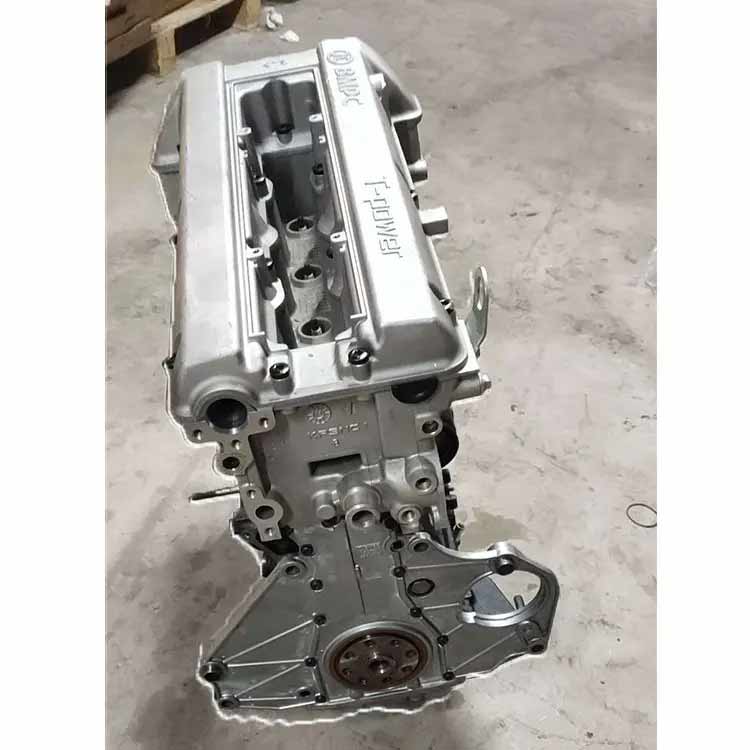
However, the current abundance suggests that now is the opportune time for Saab owners to secure parts or engines. Acting sooner rather than later may be wise for those committed to maintaining their Saabs.
Seizing the Opportunity to Preserve Saab Legacy
In an era where discontinued brands often leave their loyal customers stranded, the availability of new Saab engines from China is a rare and valuable opportunity. For Saab owners, this isn’t just about replacing an engine; it’s about preserving a piece of automotive history. By taking advantage of these resources, enthusiasts can ensure that their Saabs continue to grace the roads, turning heads and sparking conversations wherever they go.
Additional Resources for Saab Enthusiasts
- Another SUV with Saab 2.0 Turbo Under the Hood
- Spy Shots: Beijing Auto C51X Based on Platform of the Saab 9-3
- First SUV Based on the Platform Derived from Saab 9-3










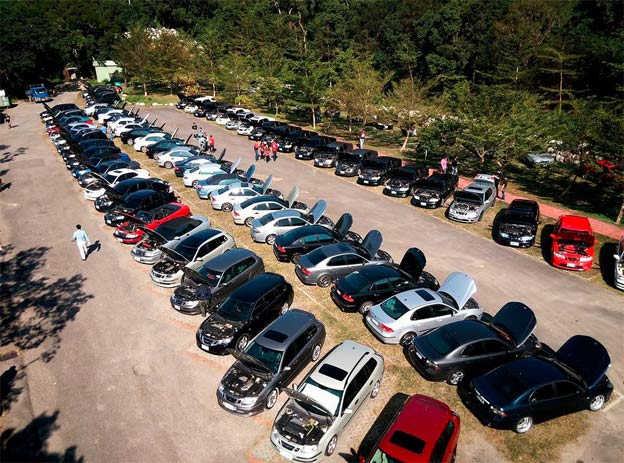
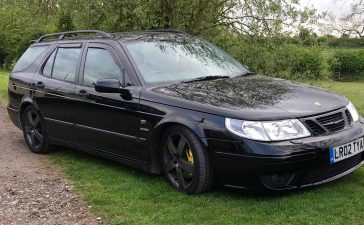
I have those engines as well and i am located in The Netherlands. So lower shipment costs, no duty fees.
Thank you.
The whole reason Saab was building engines (instead of just letting Triumph continue to build them) was because Saab had high expectations for build quality and reliability that the British couldn’t achieve. I think it unlikely that this would be any good compared to the originals
The things I would be concerned with in the Chinese engine are, 1. The quality of the metal. Saab used local sourced iron / steel. Scandinavia has huge iron ore deposits. The Chinese are famous for using low quality, recycled metal. “Chinesium”. 2. The attention to detal and quality control in the finer parts such as the valve train. Again, not something that Chinese factories are known for.
Actually I believe Sweden had a penchant to use Polski Steel as it was cheaper than the Swede variety. and of good quality. Regardless It wasn’t Chinese facsimile steel :-).
Mine had Bosch alternator and starter. Distributor cannot remember but after fitting electronic pick up ignition was ok. My experience with Lucas is not that bad. Also had experience in the tractor world and Lucas equipment performed ok. Only trouble with Lucas generators was that the voltage regulators were set at max. 16.9 volt . This is far too high and created boiling batteries with all the corrosion in the battery compartment.
actually these are quite good
Indeed. I own four 9-5s and take good care of them. With luck I should never need to replace an engine in entirety. Should that that happen, I’ll get a junkyard engine totally rebuild it and rod the balls out if it.
I have them in the Netherlands. Good engine
Can you please provide me info where I can get one for myself, I have 2003 9-5 aero estate with more than 300 000km on odometer, so I strongly considering to get Chinese one for my car , are they any good as original I have no idea , but new is new , I can see that they come with 260hp and 420nm , original one in my car have 250hp and 350nm , it’s like you get them tuned already from factory
To Sebastiaan Schmith >
have you tested them yet? Stock or tuned? How do they compare to original ones?
TO Daniel Pfeiffer >
I sold 23 of them. No issues. 200 bhp.
Should put a sample engine on. Frame a red line it 24hrs a day for 6 months see how it fares out. Think they did a track test with a 9000 years ago seen a commercial they drove it 24hrs a day for so long.. I’m pretty sure they dud this.
To Michael Parkhouse>
But do that for 3 months in Greenland and after that another 3 months in Algerian Sahara!
To Marian Lobodan-Ghita >
fare points Marian fare points. Still. Great test they did for sure.
Well is what they did before Saab9000 launch but they used multiple cars and engine configurations in the Arctic and Sahara desert,
Saab held the world record one a 6 mile oval track in AZ. i think. The 3 stock 2l saabs raced to 100,000. miles as fast as possable. Saab heald the record for many years until subaru broke the record.
What’s the difference??? One shitty engine or another shitty engine???
I ve got the Chinese one for only 4000 miles now so no long term experience but it even has some alternations which improve it. We will see. Smooth, fast nearly no co…. . so far so good
TO Rein Overkamp >
woah Rein that is so promising to hear pleaae put a main post up on various UK Saab forums on Facebook.. Great feedback for sure that news. 4 k miles no issues. Amazing
To Michael Parkhouse >
4kmls is amazing? 😅 but yes im general i agree…let’s see how it will last 😃
Interesting but like anything from China I wonder about the quality
To Joe Murdock >
don’t we all 🤣 saying that I’ve seen some China chargers go thought a lot of abuse and still do well yea not garret well but it’s interesting to see
To Jack Gregory >
at this point I’m glad anytime the aftermarket even acknowledges that Saab existed maybe it will spur other manufacturers to look at the Saab community and say these people are screaming for parts we’re screaming for anything to customize our cars we’re screaming for anything that keeps our brand alive
Joe Murdock imagine a UK or European conspiracy on a small scale bought used 2.3 T saab engines and totally stripped them and worked with a reputable machine shop to rebuild them totally. And offer a company to refurb the old turbo. Bound to be a market for that. Sandblast all the old parts and new liners piston crowns re ground crank and re worked head.
If I was 20 years younger ex Audi VW twxk retired now.. I’d of done something like this although the parts alone.. Piston crowns 80 gbp.. Liners 40.. Oil pump 100 plus. New valve guides etc lap valves stem seals and labour . Machine shop fees and new parts you wouldn’t see 1400 quid and a weeks work to strip and rebuild them another 600 quid.
Huge over heads. As I rebuilt loads of VW Audi engines over the years parts alone were 1200 1300 quid easy with new liners etc pistons.
To Joe Murdock >
it’s not 1994 anymore. I remember the 8,000W PMPO cassette decks lol. It is different now. China is now #1 in the world in manufacturing pretty much anything.
Would rather rebuild a Saab second hand 2.3T tbh. Might cost more.. This new building company should put one of their engines oma dyno for a month at high speed like 5k rpm and wee boosts to 6500 rpm.
E epic to see like
Somebody needs to get one and have it tested. See what kinda quality the metals have.
BIAC also make a longitudinal version so great for a rwd setup.
Some have plastic cam covers aswell which imagine weigh alot less. Might crack though
Read the thread…all quite interesting. I am an owner of one of these Biac BJ40L’s with a 2.3t B231R engine. I bought it with 81,000km on the clock and it now has 106,000km. She’s a 2016 with a Aisin AT and a BorgWarner transfercase. I used to own a 1978 Saab 99 and so when I came across this it was an easy sale. Anyways…we put it through the paces overlanding always at our GVWR. Doesn’t burn oil…all seems pretty tight so far.
I saw some in sweden and they work like the original
Has anyone bought one of these and see if it fits?
I’ve seen this post before and people have said they worked well
This is simply not true. The china B205 is not like the Saab unit. It’s 185bhp max and re engineered for cost. Many parts do not fit the saab engine.
These cars are getting on in years now and the prices of them,are not increasing like a fast Ford.My question would be why would anyone in their right mind buy one of these engines, when the engine, will be worth more than the whole car you are installing them into.Wouln’t make economic sense to me.
So, driving and owning a Saab is only a matter of “economic sense…”…? Do you remember when RBM Performance had tonnes of real new engines for sale?
I know I drive one.My point is that I can’t believe how inflated the prices are on Fast Ford when my Aero HOT and 9000 Flat nose Carlson can out run them.
because us saab lovers are incredibly nerdy and we want to have, keep, drive, restore and love our cars.
Cars are not only about if they are worth money or not, but about how they make each individual feel.
Maybe a good replacement for stock, but I doubt these Chinese replacements will be durable long term. I imagine some cost cutting took place in some areas and I doubt these would be a better alternative than just rebuilding a used engine. Cool to see, though.
They were redesigned. And they are not made anymore, this was an old article. SAIC and BAIC stopped making them 3yrs ago.
long term… that’s another question. They may have made the engine very well with good workmanship. But Chinese manufacturers are known to cut corners and use cheaper materials